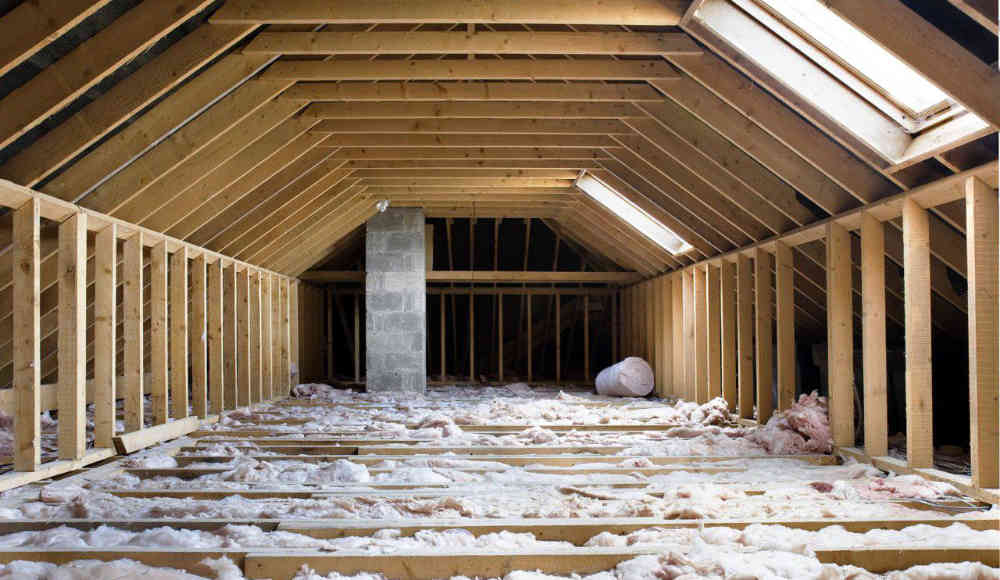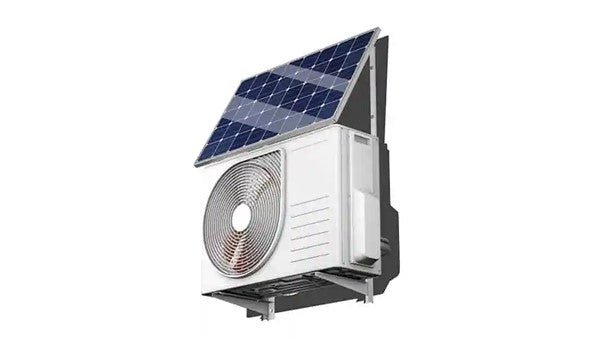How to Insulate AC Lines in Attic: The Ultimate Guide
To insulate AC lines in the attic, use pre-formed foam insulation tubes for the best results. These tubes come in different sizes and lengths and are easy to install, providing effective insulation for the AC lines.
Properly insulating AC lines in the attic is essential for maintaining energy efficiency and preventing condensation. Insulating the lines helps to regulate the temperature and prevent heat gain or loss, ensuring optimal performance of the air conditioning system. By using pre-formed foam insulation tubes, you can easily insulate the AC lines in the attic and improve the overall efficiency of your cooling system.
We will discuss the importance of insulating AC lines and provide step-by-step instructions on how to effectively insulate them using foam insulation tubes.
Why It Is Important To Insulate Ac Lines In Attic
Insulating AC lines in the attic is crucial for preventing condensation and heat gain, as well as maintaining proper sub-cooling values. AC return lines should always be insulated with appropriate AC return line insulation when their operating temperatures are below the ambient temperature to prevent condensation and heat gain to the refrigerant. Long runs of liquid lines that are exposed to high ambient temperatures should also be insulated to maintain proper sub-cooling values. Fiberglass batt is considered to be the best insulation for attics, being the cheapest, easiest to install, and energy efficient. When insulating AC lines, polyethylene foam is regarded as the best material and is probably the most widely used. It is easy to install, inexpensive, and can last a long time. Other materials required for this process include foil tape or electrical tape, a utility knife, and scissors.
Materials Needed For Insulating Ac Lines In Attic
| Materials Needed for Insulating AC Lines in Attic |
| Polyethylene foam |
| Foil tape or electrical tape |
| Utility knife |
| Scissors |
Insulating AC lines in the attic is essential to prevent condensation and heat gain. The best material for insulation is polyethylene foam, which is widely used and easy to install. Foam rubber insulators are also effective and durable. To properly insulate the lines, you will need foil tape or electrical tape for sealing, a utility knife for cutting, and scissors for trimming the foam. It is crucial to insulate AC return lines when their operating temperatures are below the ambient temperature, while discharge lines generally do not require insulation. Installing fiberglass batt in the attic is also recommended for overall energy efficiency. Remember to follow proper installation guidelines to ensure the best insulation results.
Steps To Insulate Ac Lines In Attic
Insulating AC lines in the attic is an important step to ensure proper functioning of the HVAC system and energy efficiency. When it comes to insulating AC lines, there are a few simple steps you can follow:
- Measure and cut the polyethylene foam: Start by measuring the length of the AC lines in the attic. Cut the polyethylene foam accordingly, leaving some extra length for wrapping.
- Wrap the foam around the AC lines: Take the cut foam and wrap it tightly around the AC lines, ensuring that it covers the entire length. The foam acts as an insulating barrier, preventing the loss of cool air and reducing condensation.
- Secure the foam with foil tape or electrical tape: Use foil tape or electrical tape to secure the foam in place. Make sure to wrap the tape tightly around the foam and the AC lines, creating a strong seal.
By following these steps, you can effectively insulate AC lines in the attic, improving the efficiency of your HVAC system and reducing energy costs.
Tips For Effective Ac Line Insulation In Attic
When it comes to insulating AC lines in the attic, there are a few tips that can help ensure effective insulation. One important consideration is to insulate AC return lines, as these should always be insulated with the appropriate AC return line insulation to prevent condensation and heat gain to the refrigerant.
Consider using foam rubber insulators, which are easy to install and can last a long time. Polyethylene foam is regarded as the best material for insulation and is widely used. Other materials required for insulating AC lines include foil tape or electrical tape, a utility knife, and scissors.
Proper installation and sealing are crucial for effective insulation. Make sure to install the insulation properly, following manufacturer guidelines. Use the foil tape or electrical tape to securely seal any gaps or joints in the insulation. This will help prevent air leakage and ensure optimal insulation performance.
By following these tips, you can effectively insulate AC lines in the attic and improve the energy efficiency of your cooling system.
Benefits Of Insulating Ac Lines In Attic
| Energy Efficiency |
|---|
| Insulating AC lines in the attic can greatly improve energy efficiency. By preventing heat transfer, **insulation** helps keep the cooled air from the AC unit from escaping, reducing the amount of energy required to maintain a comfortable temperature in the space. This can lead to lower energy bills and a more sustainable energy consumption. |
| Enhanced Cooling Performance |
| Insulation also contributes to enhanced cooling performance. By keeping the AC lines appropriately insulated, **condensation and moisture buildup** can be minimized. This helps ensure that the AC system functions optimally, allowing for better cooling performance and consistent temperature control throughout the attic. |
| Reduced Condensation and Moisture Buildup |
| Proper insulation of AC lines in the attic eliminates the risk of condensation and moisture buildup. When air conditioning lines are not insulated, the temperature difference between the cold refrigerant inside the lines and the warm attic air can result in condensation. This moisture buildup can lead to mold growth, water damage, and decreased efficiency of the AC system. Insulating the AC lines helps prevent these issues, ensuring a dry and efficient attic environment. |

Credit: atticareusa.com
Frequently Asked Questions On How To Insulate Ac Lines In Attic
Do Air Conditioning Lines Need To Be Insulated?
Insulating air conditioning lines is crucial to prevent condensation and heat gain. AC return lines should always be insulated with the appropriate AC return line insulation when their operating temperatures are below the ambient temperature. This helps maintain the efficiency of the system.
How Do You Insulate A Freon Line?
To insulate a Freon line, use pre-formed foam insulation tubes. These tubes come in different sizes and lengths and are easy to install. Other materials needed include foil tape or electrical tape, a utility knife, and scissors. Insulating AC lines helps prevent condensation and heat gain, maintaining proper sub-cooling values on the system.
Should Refrigerant Liquid Lines Be Insulated?
Refrigerant liquid lines should be insulated, especially if they are exposed to high ambient temperatures. Insulating the lines helps maintain proper sub-cooling values on the system. However, discharge lines are typically left un-insulated.
What Is The Best Insulation For An Attic Air Conditioner?
The best insulation for an attic air conditioner is fiberglass batt. It is affordable, easy to install, and energy-efficient in slowing down the spread of hot and cold air.
Why Should Ac Return Lines Be Insulated?
AC return lines need insulation to prevent condensation and heat gain to the refrigerant, maintaining their operating temperatures.
How Do I Insulate My Ac Refrigerant Line?
Insulate your AC refrigerant line by using foam insulation tubes, available in different sizes and lengths for easy installation.
Should Refrigerant Liquid Lines Be Insulated?
Long runs of exposed liquid lines should be insulated to maintain proper sub-cooling values on the system, while discharge lines are generally left un-insulated.
What Is The Best Insulation For An Attic Air Conditioner?
Fiberglass batt insulation is considered the best for attics due to its affordability, easy installation, and energy efficiency in regulating hot and cold air.
Conclusion
To effectively insulate AC lines in the attic, it is crucial to use the proper materials and techniques. The best insulation for this purpose is pre-formed foam insulation tubes, which are available in various sizes and lengths. These tubes are easy to install and provide the necessary protection against condensation and heat gain.
Additionally, fiberglass batt is considered the most cost-effective and energy-efficient insulation material for attics. By insulating AC lines in the attic, you can maintain optimum sub-cooling values and prevent energy loss. Ensure proper insulation to enhance the performance and longevity of your air conditioning system.







